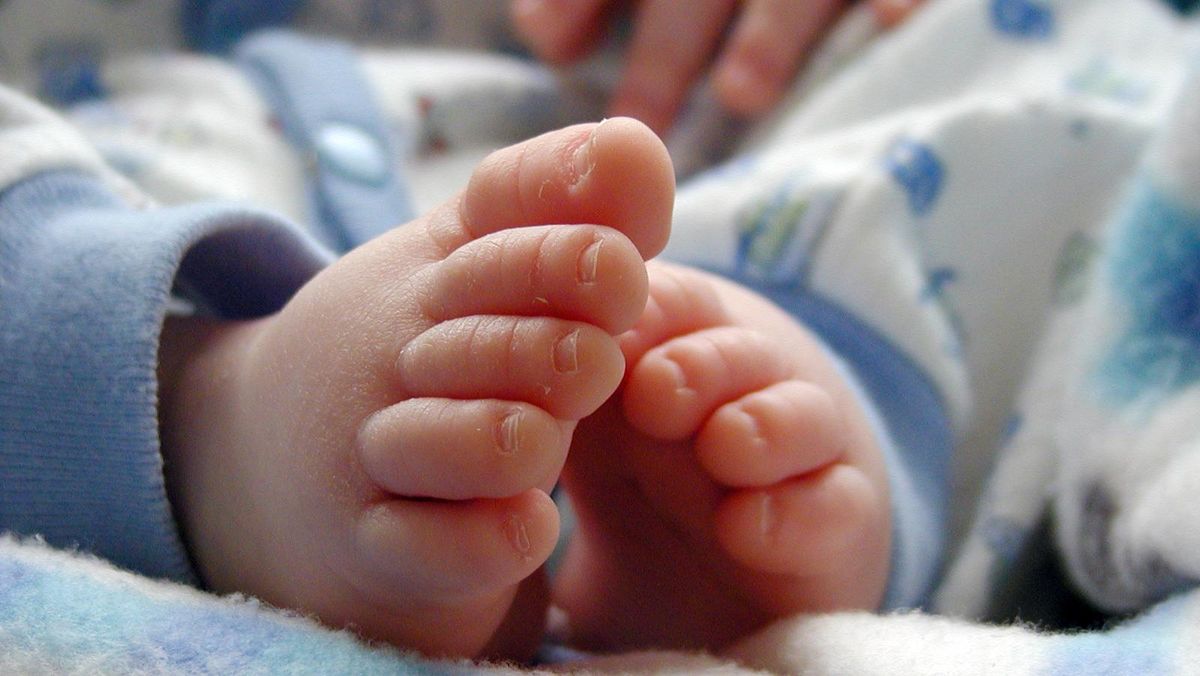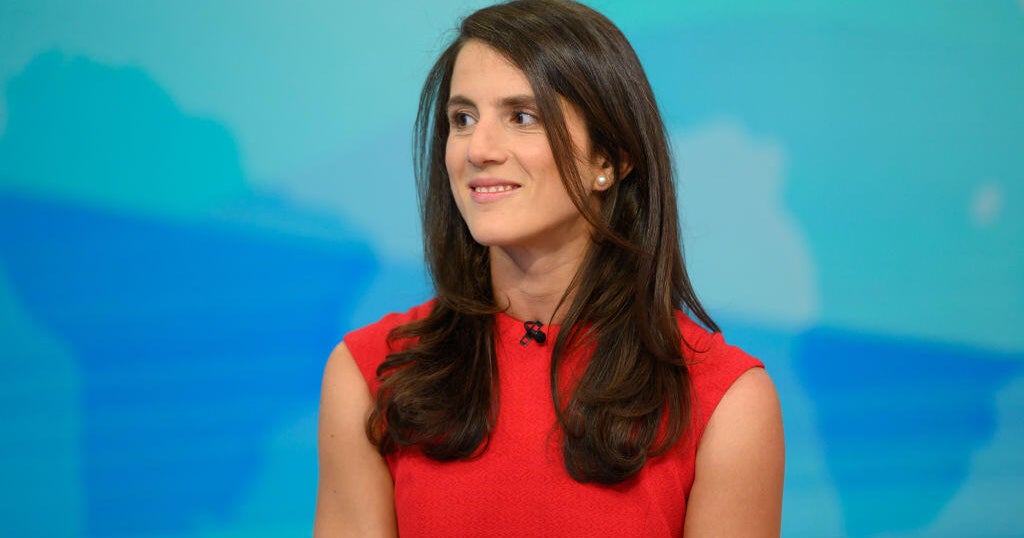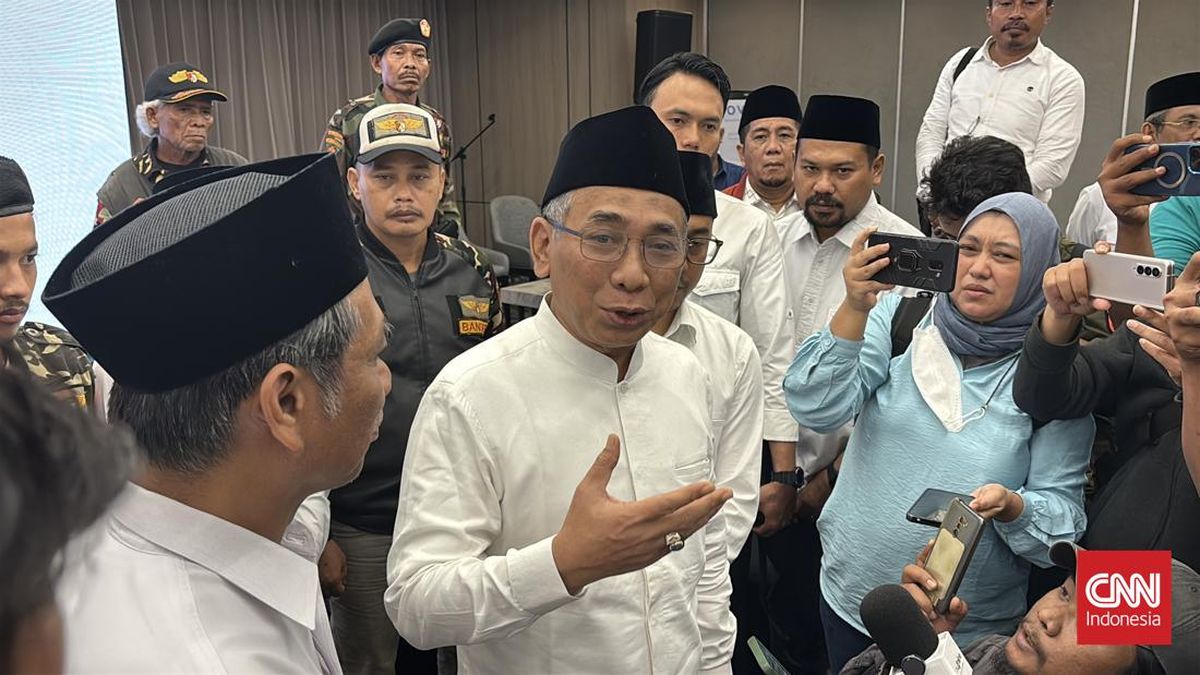The definition of news, traditionally speaking, is what’s going wrong in the world. As the old adage says, “if it bleeds, it leads”. Or, as Ulrik Haagerup was taught at journalism school, “a good story is a bad story”.
He lived by that rule for decades. It took him to the very peak of his profession in his native Denmark. Until he realised that “I was part of the problem”.

Illustration by Joe Benke
“We in the news business have benefited from the Trumps of the world who know how to play the algorithms – make it louder, make it more extreme, make it more controversial, make it more outrageous.”
The industry worldwide has benefited from the higher ratings and greater audience interest in Trump. And so-called “social” media has polarised the emotional responses into bitter warring camps with intense audience engagement and fat profits.
“It is destroying society, it is destroying democracy,” says Haagerup. He cites the then chair of the US broadcasting network CBS, Les Moonves, who in 2016 said of Trump’s early rallies: “It may not be good for America, but it’s damn good for CBS.”
Loading
Haagerup quit his job as the news director at the national broadcaster, Danish Broadcasting Corporation, to found the Constructive Institute in 2017. The institute is now attempting to be part of the solution.
Instead of reporting overwhelmingly on problems, journalism should be telling audiences about solutions, he says. “We want to change the global news culture.”
He doesn’t propose that we stop reporting on problems. Far from it. But he proposes more, starting with the simple, two-word question: “Now what?”
“Stop anyone in your country and ask, ‘do you need more news faster?’ They will say, ‘no, we don’t. We need better news. I need to know which people have the best solution to the problems I have’.”
The world has always been beset by bad news. Today it seems unusually beset. There is a cascade of concatenating crises on a grand scale. Trump is dismantling the global order, Putin wages war in Europe, climate change is increasingly destructive, there’s the prospect of war in Asia. All of this is aggravated by “social” media, exacerbating the existing problems and inflicting its own new harms.

Kate Torney: “The focus on conflict and negativity can be exhausting”.Credit: Eddie Jim
This complex has been called variously the polycrisis, pluricrisis, or socio-ecological crisis. People everywhere are depressed by continuous exposure to the news, punch-drunk just by trying to follow events.
Kate Torney, news director of the ABC until 2015, speaks of news fatigue among audiences: “When I stepped away from journalism, I gained a much clearer understanding of why some people are so overwhelmed. The focus on conflict and negativity can be exhausting and leaves audiences feeling helpless.”
Torney took the leadership of the Constructive Institute’s Asia Pacific hub, based in Melbourne’s Monash University, eight months ago, working closely with Haagerup. She, too, is working to be part of the solution.
News titles “should be the best friend of people”, says Haagerup. “What is that? Is it somebody who constantly calls you up and says ‘the castle is on fire’? Or is it someone constantly complaining about everything? Is it somebody who wants to make money out of you? People don’t think we are good friends.”
All well and good, but surely this is a utopian project. How can he change the instinctive human interest in bad news, in what’s going wrong, in the aberrant?
“News is something out of the ordinary,” he says. “What if everyone is fighting? With everyone fighting, if some people are living peacefully, tell us how. That’s intriguing.” He has a point.
“People in towns and cities with the same problem you have, how have they fixed it? People want to read that story.” He offers an example. South Korea solved the problem of masses queueing for COVID vaccinations, with the risk of infecting one another, by applying the McDonald’s drive-through concept. The world followed its lead.
He lists a sample of eight Nordic and German news outlets that have started to systematically apply constructive approaches to their journalism. For instance, the Norwegian national broadcaster, NRK, changed the format of its regular political radio debate, says Torney.
Instead of a standard clash with a winner and loser, the producers required the debate participants to return to the program at a later date with three points of agreement. “The impact was extraordinary,” reports Torney. “It went down really well with the audience.”
Loading
The Herald’s editor, Bevan Shields, concurs that while reporting of hard news will always be essential, readers often say they don’t want to feel depressed by the time they’ve finished reading the news: “They want light and shade, and there is an increasing demand for constructive, solutions-focused journalism as part of that.”
The Herald and its Melbourne twin, The Age, already apply the principle tentatively. For example, the story last week of an education case study – how a failing public primary school at The Entrance on the NSW Central Coast was turned into a success.
Liam Mannix, science reporter for the two papers, was given a fellowship at the Constructive Institute in Denmark last year. It inspired him to tell a number of constructive yarns, including the one headlined: “How Tom walked away from knee pain without expensive surgery.” Potentially life-changing for millions.
Shields says that environment coverage is another example. “Yes, there is a political contest to cover, but readers also want information about practical ways to help the environment.”
“What’s in it for me?” ask the shareholders. “There is also a commercial benefit for newsrooms if we can do this well,” says Shields. Subscribers demand new offerings. Constructive journalism can add value, he says. Some of the Nordic outlets can attest to its commercial success.
Haagerup recounts the way that fast food invaded Denmark some 30 years ago. With hamburger and pizza and kebab shops lining the streets, some Danish chefs got together to mourn the takeover by cheap, fast, unhealthy food.
They proposed a solution – to restore restaurant dining with wild, local and seasonal ingredients. They founded NOMA in Copenhagen. It revolutionised fine dining worldwide. Even McDonald’s in Denmark introduced gourmet-style hamburgers.
“Does it mean that people don’t eat fast food in Denmark? No,” says Haagerup. “But is it possible to change an industry? Yes, it is.”
Peter Hartcher is the international editor.
Get a weekly wrap of views that will challenge, champion and inform your own. Sign up for our Opinion newsletter.
Most Viewed in National
Loading


















































